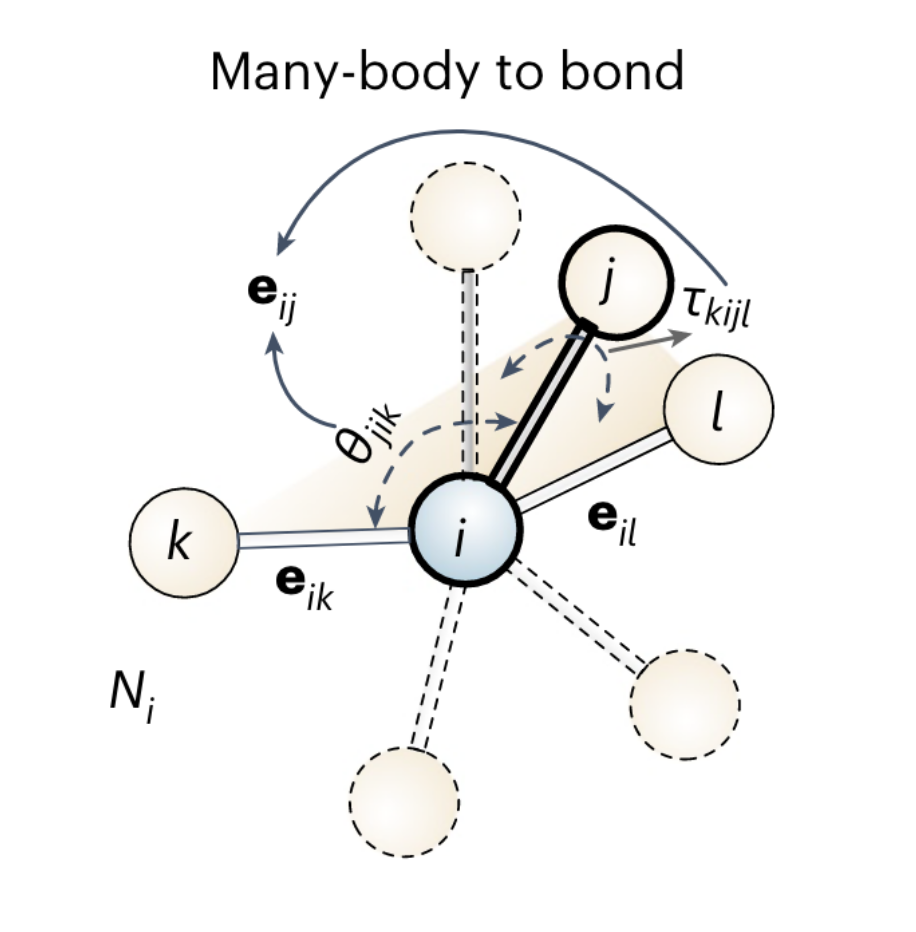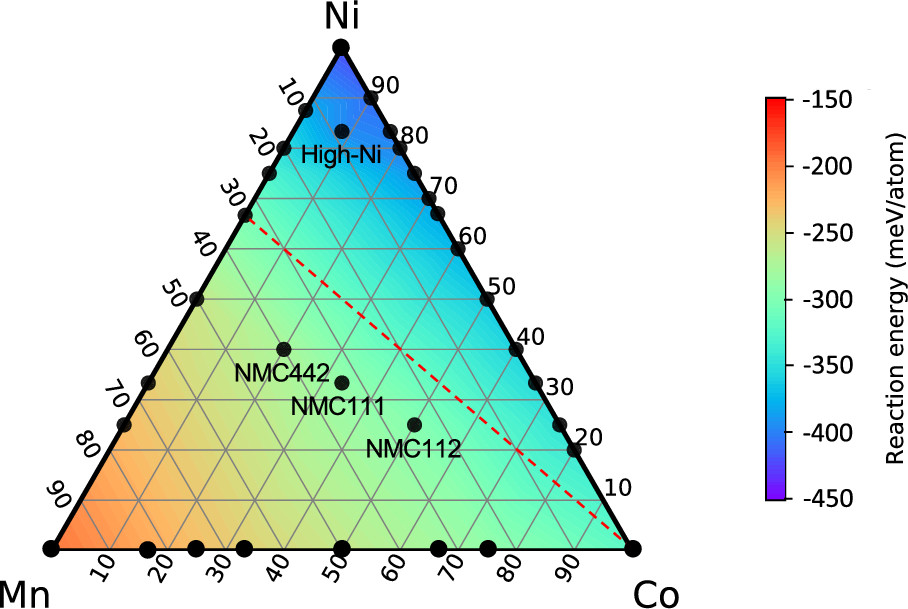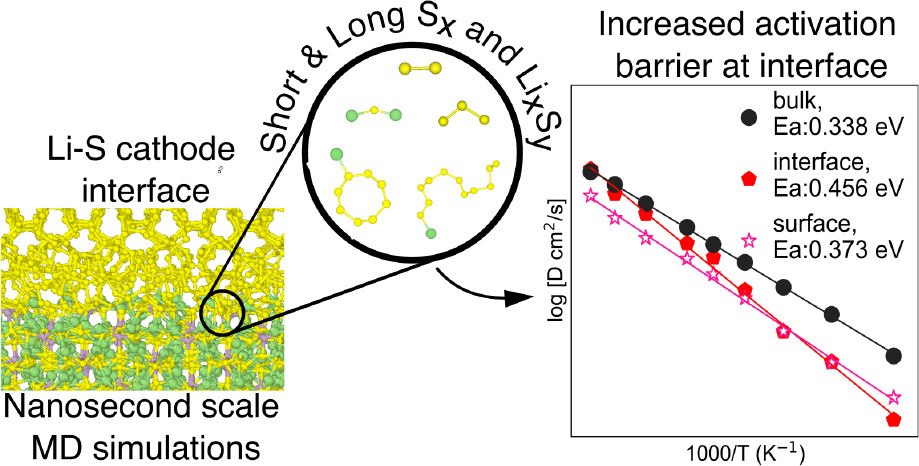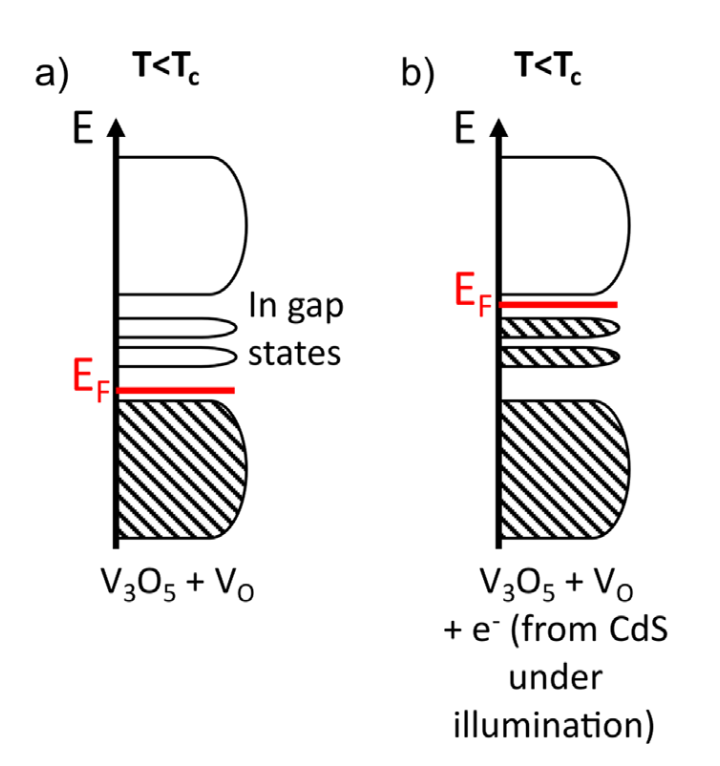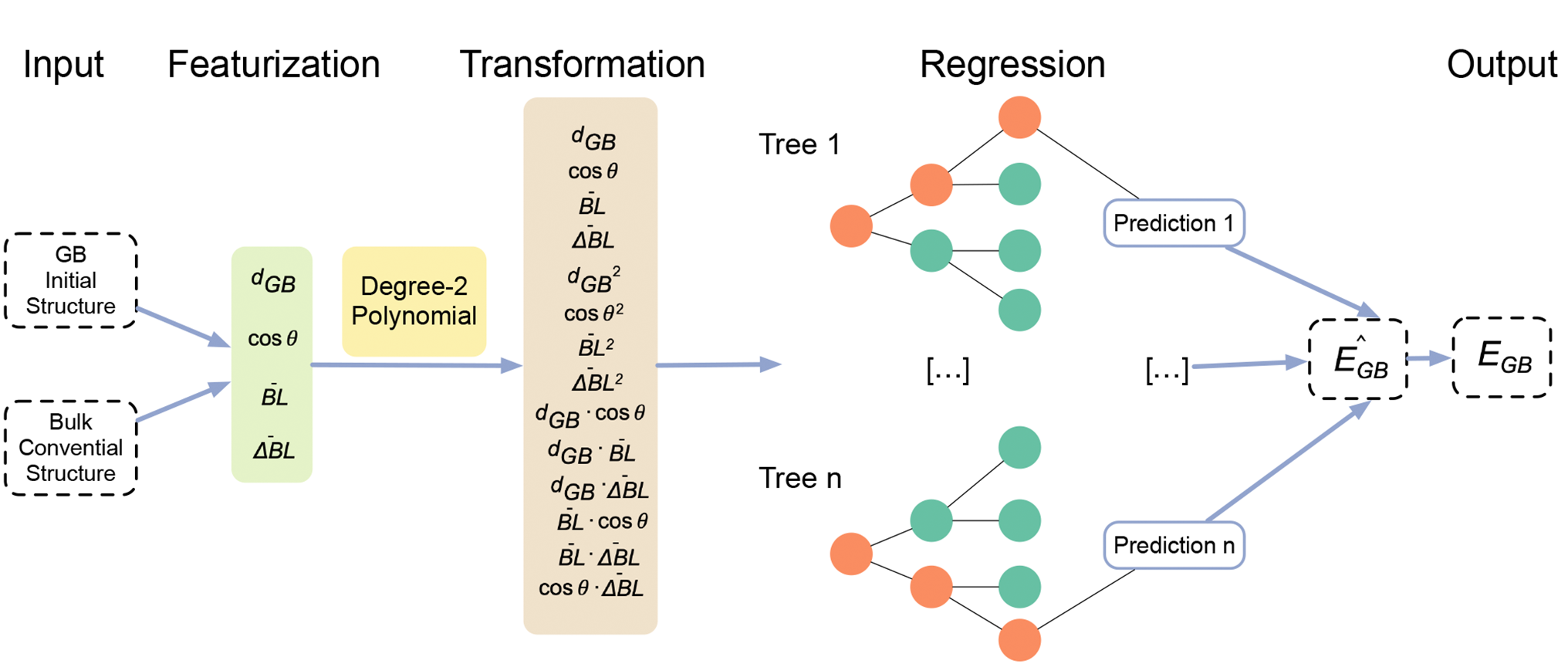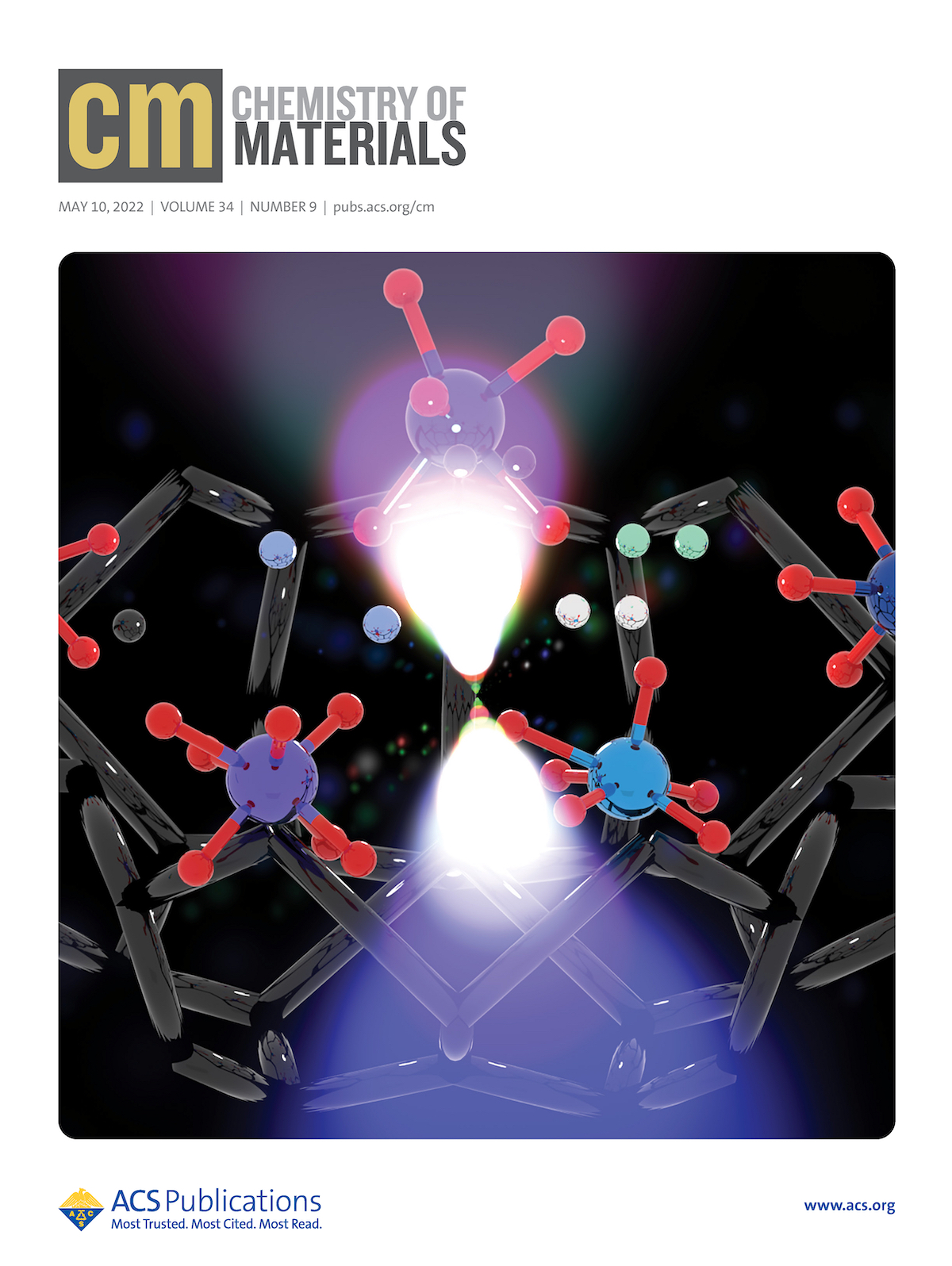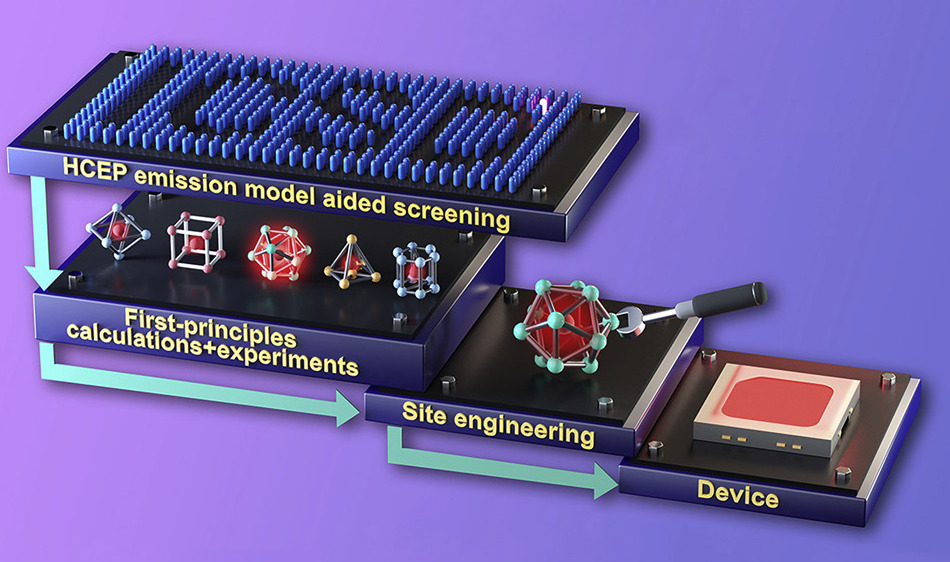Matterverse.ai and M3GNet Universal IAP
Dr Chi Chen’s swansong work in our group, “A Universal Graph Deep Learning Potential for the Periodic Table” is now published in Nature Computational Science! Interatomic potentials (IAPs), which describe the potential energy surface of atoms, are a fundamental input for atomistic simulations. However, existing IAPs are either fitted to narrow chemistries or too inaccurate for general applications. In this work, we combine graph neural networks with traditional 3-body interactions to develop a flexible, yet accurate architecture for machine learning of materials properties. Using the massive database of structural relaxations performed by the Materials Project over the past ten years, we train a universal IAP for 89 elements of the periodic table with broad applications in structural relaxation, dynamic simulations and property prediction of materials across diverse chemical spaces. Using the new capabilities of the M3GNet universal IAP, we are proud to launch matterverse.ai, a ML database of yet-to-be-synthesized materials. Matterverse.ai currently contains about 31 million hypothetical crystal structures, of which about 1.8 million materials were identified to be potentially stable. The database also provides ML properties using state-of-the-art multi-fidelity MEGNet models, such as experimental, HSE and PBE band gaps, bulk and shear moduli, etc. Check out the article here. […]

